OK, let's identify and talk about the tisanes, starting from the top row, upper left corner. Most are infusions, and a few are decoctions. Infusions are made by steeping dried or fresh herbs in warm or boiled water to extract chemical compounds or flavors. Decoctions are actively boiled or simmered for a short period of time to extract flavors and chemical compounds from tougher plant parts like bark, roots, rhizomes, or stems.
![]()
First we have linden bracts, collected from linden trees (Tilia cordata or Tilia americana), often planted in parking lots as ornamentals. The tree grows in a pleasing shape and has lovely, fragrant blooms on the early summer that are attached to a lighter colored bract, which is a modified leaf. Once fertilized by bees and insects, the flower will develop into a small, fuzzy nutlet that persists on the tree for the rest of the year. Robert showed us linden flowers, as they are commonly collected in Hungary and the nectar of the flowers makes a very floral honey. We collect the bracts and dry them in loosely packed in large paper bags, shaking them every day to move them around, and opening the bags every few days to let a beetle or two fly away! The tisane is steeped in boiled water for 15 minutes, and lightly sweetened with honey to make a soothing and delicious drink, which both Robert and Gillian drink.
![]()
Next are yarrow leaves (Achillea millefolium). We use the leaves of common white-flowered yarrow, which grows prolifically along trails and in abandoned fields. We pick the fresh leaves to crush and use on minor scrapes and cuts, as fresh yarrow encourages clotting of blood. The leaves are dried in a dark place, and steeped in hot water for 15 minutes to make a slightly astringent tisane that can be useful in reducing mild fevers or as a digestive tonic.
![]()
Pineapple weed (Matricaria discoidea) is a wild cousin of chamomile, with an added bonus of a pineapple scent! The flower cones look very similar to chamomile, but without the white petals. It is considered mildly invasive in North America, but this diminutive weed grows in places many other plants won't bother with, like compacted gravel drives, along trails and roadsides, and in general poor soil. We find large areas of it in the driveway at our local CSA farm and collect it with the farmer's permission. An infusion of dried pineapple weed is sweet all by itself, and good for gastrointestinal upset and gas. We collect mostly the flower cones by gently picking them off the plant, but the leaves are also fragrant and can be added to a tisane.
![]()
Many varieties of perennial mints (Mentha species) grow wild, and we love to stumble upon a patch while out in the woods or exploring abandoned fields. Sometimes we find a spearmint or a cat mint, but they all make fine, fragrant tisanes. Aside from the agreeable flavor, a mint tisane is good for nausea, indigestion, gas, mild fever, and headaches. Sometimes we make a very strong infusion and add it to Gillian's bath water for a relaxing soak (and a good-smelling kid!). We dry the mint tips and leaves in a brown paper bag in a dark place, shaking it around every day. We know of several mint patches, but will not bring any home to transplant, as mint can be a voracious spreader, taking over large swaths of a garden or completely filling a planter.
![]()
We don't collect too many elderflower heads (Sambucus nigra), because then we wouldn't get to come back to gather the berries later in the season! The fresh flowers are very fragrant, and can be plucked off the stems and added to pancakes or crepes. The infusion of dried flowers can be drunk hot for fever and mucous producing conditions of the upper respiratory tract like hay fever. You can use the cooled infusion as a gargle for mouth ulcers and sore throats as well. We hang the flower umbels of elderberry to dry, then store then in sealed glass jars.
![]()
Red clovers (Trifolium pratense) are a kid's favorite to eat, picking each tube-shaped flower off the flower head to taste the nectar inside. We collect the flowers before they turn brown and wilt, drying them in a paper bag. The infusion is brewed for about 15 minutes, and has a sweet taste. Red clover contains isoflavones, which are water-soluble chemicals that act like estrogens. Most benefits of red clover are realized through tinctures, so we just drink the tisane because it tastes nice.
![]()
Sassafras (
Sassafras albidum) is a drink that many folks in the Appalachian areas of North America recognize and adore. It grows prolifically in southern New England as well, as we collect the roots and inner bark to dry, before simmering into a strong decoction. There have been over-hyped cancer warnings associated with the consumption of sassafras tea or decoction, but the government studies were flawed due to a need to ban
safrole, a manufacturing component of the drug MDMA. A strong decoction of sassafras root can be used to make natural
root beer. Sassafras is very fragrant in an almost spicy way, and we all really love the taste of a lightly sweetened, chilled sassafras drink in the summer.
![]()
The Mythical, Medicinal, Magic Chaga (
Inonotus obliquus)!! Chaga is the sterile conk of a fungus that attacks birch trees; we find it on white, yellow, and black birches in our area rather often. There are many medicinal claims being made about chaga on the internet right now, talking about anti-cancer properties to life-extension, but I'm not sure if I believe every claim being made about chaga. I
can tell you a decoction of chaga tastes really good, especially if sweetened with maple syrup and mixed with coconut milk into a chilled
frappe drink. Overall, the flavor of a plain chaga decoction is similar to black tea. We simmer 1 Tbsp. ground chaga in one gallon of water for about 45 minutes, and reuse the grounds to make two or three more batches of decoction to drink before discarding the used grounds. In the spring, we tap a few maple or birch trees and use the fresh sap to simmer the chaga, reducing the sap slightly to make a naturally sweetened drink.
![]()
An infusion of nettles (Urtica dioica) in the winter is an iron boost for me, as I tend to suffer from chronic anemia. We gather the top 4-6 inches of nettles in mid-spring, long before they flower, by using gloves and scissors to avoid the sting. Once dried in the dehydrator on a low setting, nettles lose their sting and can be handled without protection, and stored in large glass containers. The flavor of a nettle infusion is pleasantly green and grassy, and can be drunk without sweetener. The 15 minute nettle infusion in boiled water is also good for stimulating circulation, relieving rheumatism, and relieving eczema. When the nettles are fresh and tender, we eat bucket loads of them, and they freeze well to use all year.
![]()
Finally we have some dried beach rosehips (Rosa rugosa), a common invasive along the coasts of New England. The hips of all roses are edible, but the beach roses produce very large, meaty hips that are relatively easy to collect in large quantities. Once the seed-like achenes are removed from the halved hips, along with the irritating inner hairs, we dry the flesh of the hips in the dehydrator. A 20 minute decoction of the hips produces a sweet, fruity drink that is helpful for chronic diarrhea and stomach weakness. Rosehips also make a wonderful tart jelly filled with vitamin C, and the petals of beach roses are exceptionally fragrant and useful in syrups.


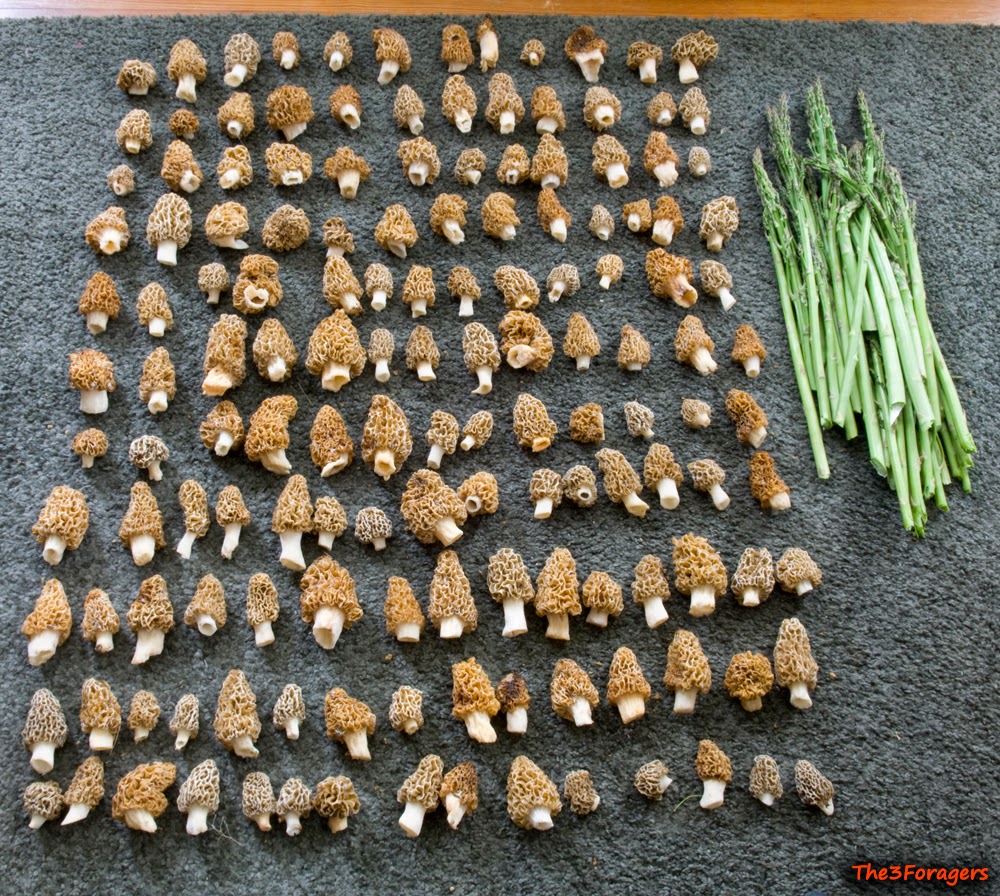






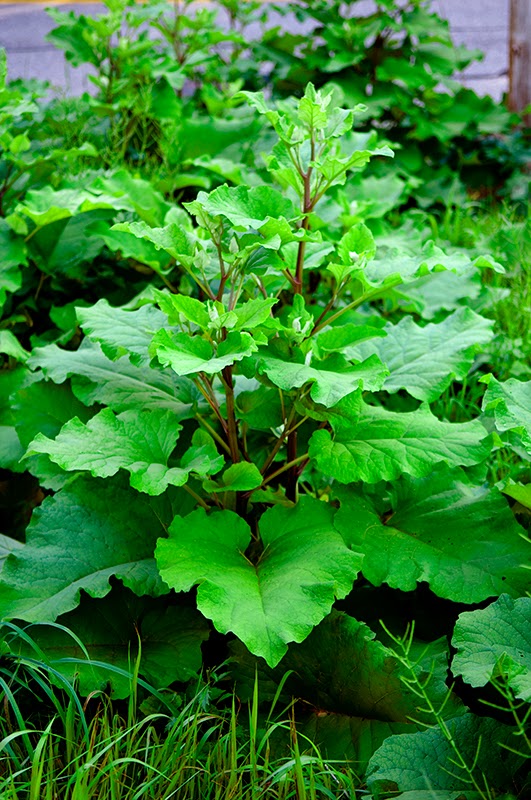



















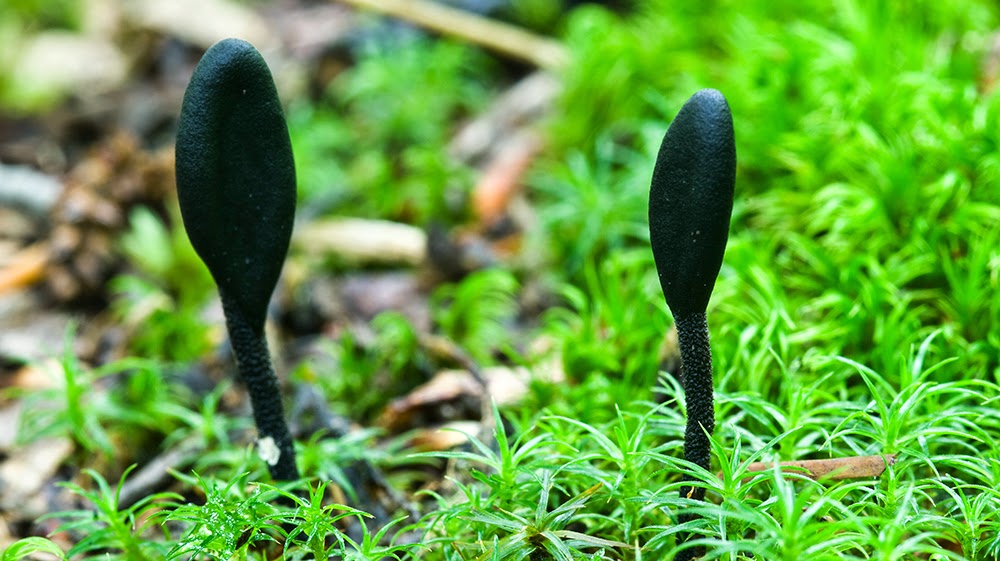




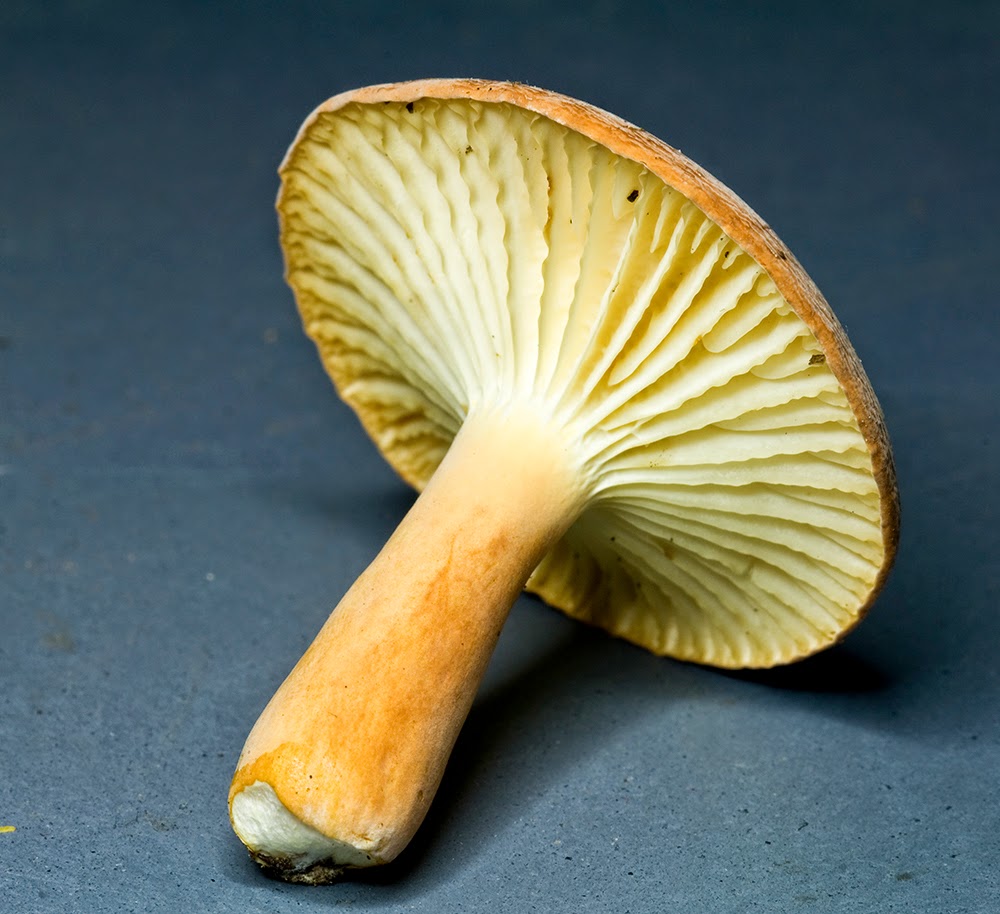





























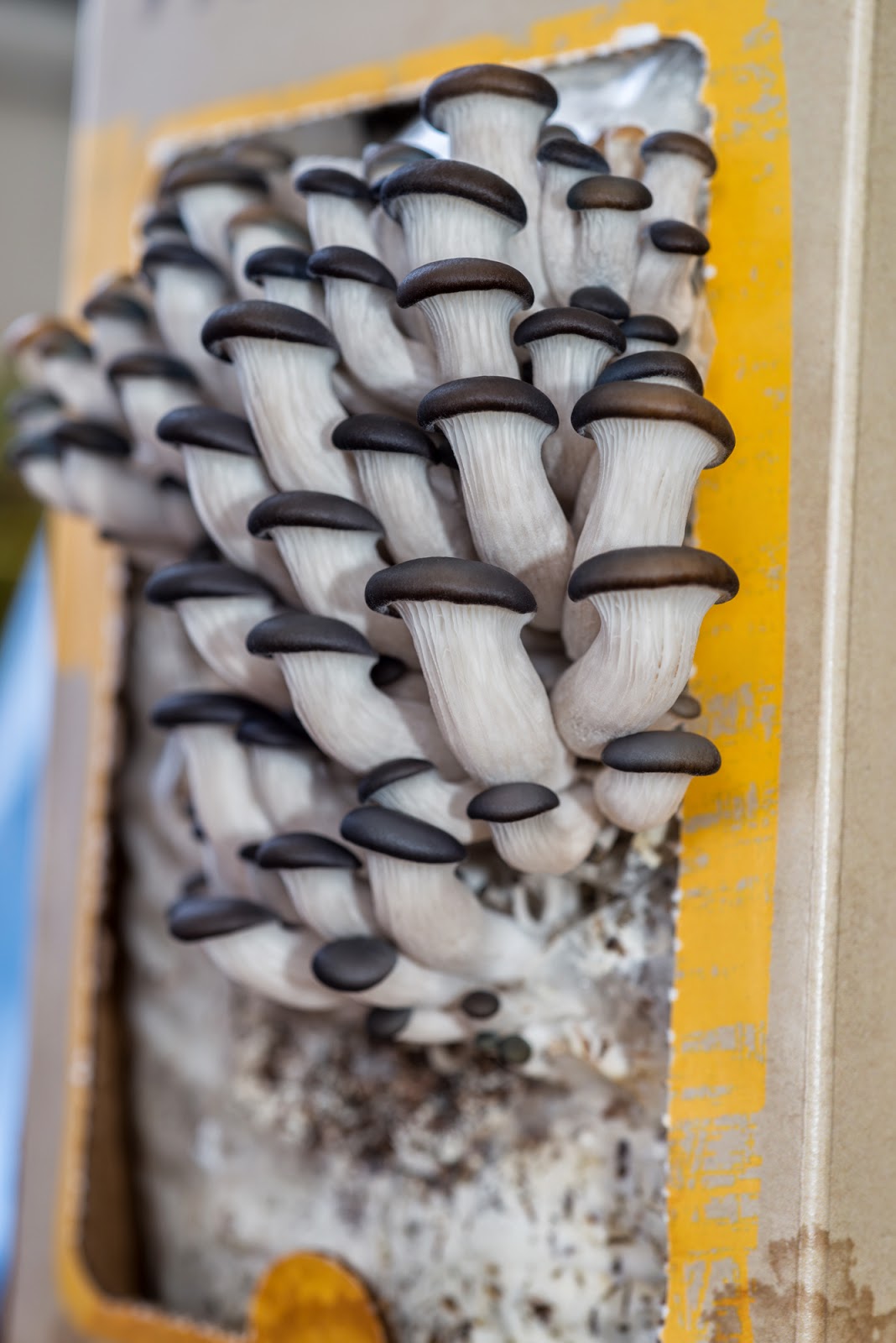






















.jpg)


.jpg)








